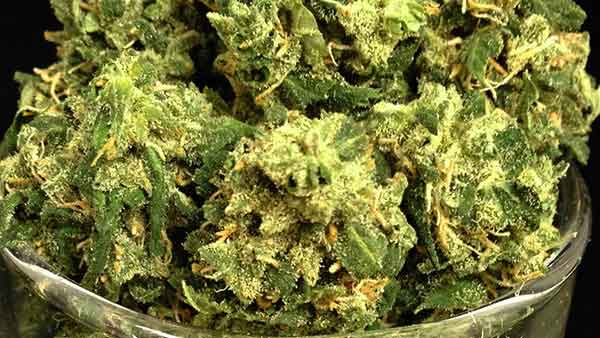Marijuana Career Statistics

Marijuana has been used by humans for thousands of years, its uses including pain relief, mitigation of anxiety, boosting appetite, and good, old recreational use. Although weed was first made illegal in the United States in California in 1913 – coincidentally enough – Americans are slowly pushing the government towards legalization and regulation of marijuana cultivation, distribution, and possession.
Considering marijuana is one of the most popular mind-altering substances in the United States, the regulated production of the “leafy green” will require tons of marijuana jobs in coming years. According to a leading business data analytics firm, New Frontier Data, an estimated 250,000 jobs are slated to be created before 2020, just three years from now. As the United States Bureau of Laber Statistics indicates, more than 800,000 manufacturing positions will be eliminated by 2020. What better to combat the automation of manufacturing’s related job loss than creating positions with the cultivation of recreational marijuana?
21 years ago, the state of California made medical marijuana legal through the infamous Proposition 215. Two years later, in 1998, Washington, Alaska, and Oregon approved medical marijuana. 1999 brought Maine to supervise medical marijuana. While there are 29 states with medical marijuana laws, 2012’s legalization of recreational cannabis in Colorado and Washington greatly boosted the number of occupational openings in the industry. As a matter of fact, Marijuana Business Daily indicated that in 2016, between 100,000 and 150,000 people were employed in the now-booming marijuana industry. With 127,000 marijuana website developers, 131,000 librarians – shhhhh! – and 108,000 flight attendants employed in the United States, America’s as many other fields of work. This speaks volumes for the legitimacy of the trade, unarguably positive for the American cannabis industry.
The above statistic indicates how popular industrialized cannabis is becoming. The fact that, in 2016, 8 states without existing positive laws regarding cannabis voted on bringing some types of legalization to the table. At the time the Business Insider article was written in March of 2017, roughly one-fifth of Americans can use high-THC strains of marijuana – or those that cause noticeable perception changes, as compared to hemp-like strains used specifically for seed oil or hemp fibers – without a note from their physician, providing independence in marijuana users. Such provides a positive outlook for marijuana users in America, demonstrating medical supervision isn’t necessary for cannabis consumption.
Unfortunately for weed smokers, eaters, and other-consumption-ers, some believe that marijuana addiction is a deeply concerning issue. While it’s possible to get addicted to anything – coffee, antidepressants, morning breakfast routines – the National Survey on Drug Use & Health found that about 2% of United States citizens over the age of 12 are dependent on marijuana. Alcohol dependency, however, is more widespread, and can cause death or permanent mental or physical dependency. Booze is limited to people ages 21 and up to help users make users be more responsible. As such – like we’ve seen in areas with legalized, regulated marijuana – marijuana purchases will likely be limited to those over a certain age, likely 21.
In 2015, when sales of legalized recreational and medicinal marijuana were significantly lower, Colorado featured total sales revenue just below a billion United States Dollars. With similar sales statistics in Oregon, Washington, and other states with legalized marijuana, it’s likely that the cultivation and sale of cannabis high in THC and other psychoactive components will be regulated in other states, if not the entire country. Failing to capitalize on sales and use tax, as the United States government does with tobacco and alcohol, is simply silly, increasing the odds of legalization and subsequent regulation.
Seeing as changes in revenue from the sale of marijuana has changed dramatically from year to year, the following statistics are slightly outdated, though their message holds true to today, not to mention many years to come. Across the United States of America, the legalized marijuana market grew from $1.5 billion to $2.7 billion from 2013 to 2014. Other states have experienced similar growth, making the temptation of legalizing and regulating the health care, growing, dispersion, sale, transfer, and possession of marijuana difficult to turn down, meaning great news for the field of legitimate, legalized marijuana.
